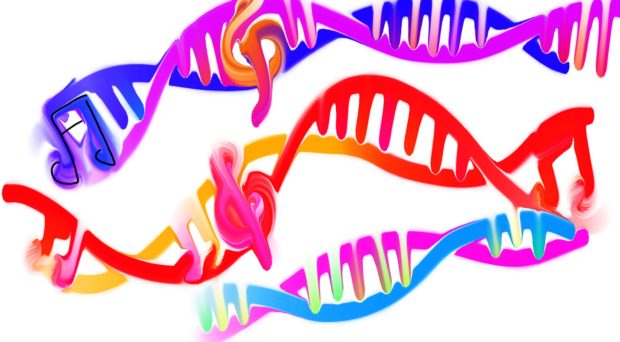
Many people have DNA inside them that they inherited from extinct hominins like the Neanderthals – and now we know that in some cases it’s not just tiny snippets but long stretches.
Genetic analysis of human DNA over the past decade has revealed that ancient humans must have interbred many times with other hominins such as Neanderthals. The result is that DNA from these extinct groups can be found in many human populations today.
In particular, everyone whose primary ancestry was outside Africa carries some Neanderthal DNA, while many people from Asia – especially South East Asia – have DNA from the mysterious Denisovans. Some of this DNA may have been advantageous for modern humans.
However, these studies were limited to small pieces of DNA. “Most people have focused on looking at single nucleotide changes,” says Evan Eichler at the University of Washington in Seattle. This means just one ‘letter’ of a gene has been changed.
Now Eichler and his team have gone further. “This is one of the first papers that looks at bigger events like deletions and duplications of sequence,” he says. These larger changes to the genes will have had more important effects on human biology.
Eichler’s team looked at the DNA of people from Melanesia, as the levels of Neanderthal and Denisovan DNA are highest in these populations. They found evidence of much larger chunks of archaic DNA in their genomes.
The team found two large pieces of DNA that came from ancient hominins. One is on chromosome 16 and comes from Denisovans. It contains two duplicated sections. The other is on chromosome 8 and comes from Neanderthals. It includes both a deletion and a duplication.
Duplications are significant because they allow the original gene to be kept, if it is useful, while the copy is free to change and potentially develop a new function. “A duplication is a type of mutation that lets you have your cake and eat it too,” says Eichler.
Both chunks of DNA show signs of having been selected for by evolution. They seem to have been advantageous and thus become more common in the Melanesian population over the centuries.
Test run
“The archaics have contributed to the success of humans that left Africa,” says Eichler. Neanderthals and Denisovans lived in Europe and Asia for hundreds of thousands of years before modern humans emerged from Africa, so they would have evolved adaptations to the different climates, foods and diseases. These useful genes “were kind of test-run in our precursors”, says Eichler. “They’re basically borrowed.”
However, it is unclear what the advantages have been. “I think the biggest challenge is proving the function,” says Eichler. This will be difficult because the genes are only found in humans, so animal studies will not help, and they have been duplicated and then subtly altered. “You’re talking about a set of genes which are a geneticist’s worst nightmare.”
[“source=newscientist”]









